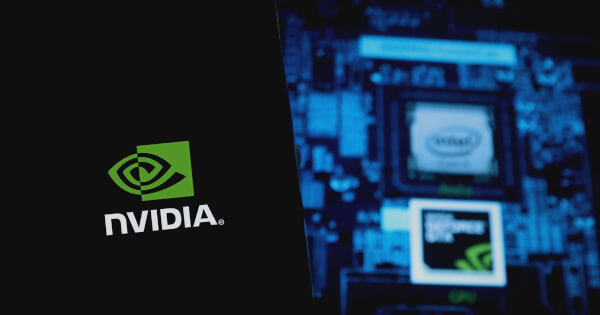Jessie A Ellis Feb 21, 2025 17:21
Generative AI is transforming manufacturing design workflows, offering innovative solutions and reducing time and costs, according to NVIDIA's insights.

The manufacturing industry is witnessing a transformative shift in product design workflows, thanks to the integration of generative AI. Traditionally characterized by a sequential and often time-consuming process, these workflows are now becoming more efficient and innovative, according to insights from NVIDIA.
Challenges of Traditional Design Methods
Conventional design and engineering methods in manufacturing typically involve numerous stages such as requirement gathering, conceptual design, detailed design, and testing. This structured approach, while providing control over complex projects, often leads to prolonged timelines and increased costs due to its iterative nature. Engineers face limitations in design exploration due to time constraints and resource availability, resulting in inefficiencies and costly revisions.
The Role of AI in Modernizing Workflows
AI is addressing these challenges by offering faster and more efficient solutions. Key applications include AI-driven generative design, which enables the creation of multiple design options based on specified parameters, thus reducing the need for physical iterations. Predictive modeling and real-time simulations further optimize designs, cutting down on manual testing and associated costs.
NVIDIA highlights the use of AI-powered digital twins to improve product performance and facilitate predictive maintenance, streamlining engineering processes further. These advancements enable engineers to derive insights from vast datasets, identifying optimal configurations and minimizing risks.
Generative Design: A Game Changer
Generative design, powered by AI, is revolutionizing product development by allowing the simultaneous exploration of numerous design concepts. This approach leads to mass customization, faster timelines, and more design options. Generative AI enhances this process by using natural language prompts to create intuitive and accessible solutions.
The generative design process involves six stages: Generate, Analyze, Rank, Evolve, Explore, and Integrate. Each stage leverages AI to optimize and refine design concepts, ultimately leading to innovative product solutions that meet specific performance, material, and manufacturing requirements.
NVIDIA's Impact on Design Efficiency
NVIDIA's RTX AI workstations are at the forefront of this transformation, offering unparalleled computational capabilities that enhance design efficiency and creativity. These workstations feature accelerated ray tracing technology for real-time visualization and AI acceleration for exploring thousands of design variations quickly.
For instance, the DIAPASON C580 utility electric vehicle design was reimagined using AI tools on RTX-powered workstations. This approach enabled the rapid exploration of customization scenarios, significantly compressing the design timeline from several quarters to just six weeks, showcasing the power of AI in expediting development without compromising quality.
Embracing AI in Product Development
To harness AI's potential in product development, manufacturers are advised to start by defining clear objectives and identifying areas for AI integration within their workflows. By starting small with user-friendly tools and gradually expanding AI's role, manufacturers can enhance creativity and efficiency without replacing human expertise.
Staying informed about AI advancements and best practices is crucial for continuously refining AI integration strategies. By doing so, manufacturers can transform their product development processes, leading to more innovative and user-centric designs.
For more information, visit NVIDIA's official blog post on NVIDIA.
Image source: Shutterstock




 English (US) ·
English (US) ·